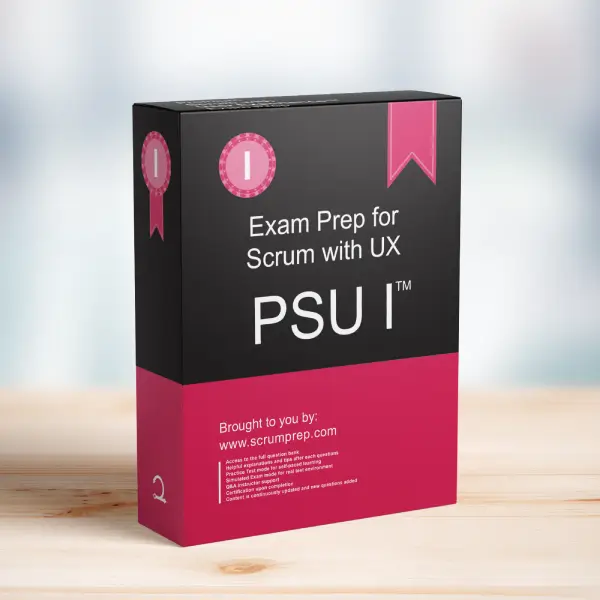Types of Product Backlog Items in Scrum
Product Backlog items (PBIs) can encompass various activities, from feature development to user research and experiments. Identifying the different types of PBIs helps ensure that the Scrum Team addresses all necessary tasks to deliver a valuable product.
Exam Question
Possible types of Product Backlog items include:
(choose the best answer)
A. Conducting a longitudinal study of customer behaviours.
B. Delivering a feature that requires lengthy customer interviews.
C. Running an experiment to test the viability of a proposed feature.
D. Conducting customer interviews to validate the outcomes of a previously released feature.
E. All of the above.
Correct Answer
E. All of the above.
Explanation
Correct Answer
E. All of the above:
All the mentioned activities can be considered as Product Backlog items. The Product Backlog in Scrum is a comprehensive list that includes everything needed to enhance the product, from new features and bug fixes to research and experiments.
Why Each Option is Relevant
A. Conducting a longitudinal study of customer behaviours:
This type of PBI focuses on understanding customer behaviors over time, providing valuable insights that can inform product development and improvement.
B. Delivering a feature that requires lengthy customer interviews:
This PBI involves developing a feature that necessitates in-depth customer interviews to gather detailed requirements and feedback, ensuring the feature meets user needs.
C. Running an experiment to test the viability of a proposed feature:
Experiments are crucial for validating assumptions and testing new ideas before full-scale implementation, reducing the risk of developing features that do not deliver value.
D. Conducting customer interviews to validate the outcomes of a previously released feature:
Post-release validation through customer interviews helps the team understand the impact of the feature, gather feedback, and identify areas for improvement.
Benefits of Diverse PBIs
- Comprehensive Development: Including a variety of PBIs ensures that all aspects of product development, from ideation and validation to implementation and feedback, are covered.
- Risk Mitigation: Experiments and research activities help validate assumptions and reduce the risk of developing non-valuable features.
- User-Centered Approach: Regular customer interviews and studies ensure that the product remains aligned with user needs and expectations.
- Continuous Improvement: Post-release validation activities help the team continuously improve the product based on real user feedback.
Relevance to the PSU I Exam
Understanding the different types of PBIs and their relevance to the Scrum process is crucial for the PSU I exam. It demonstrates the ability to manage the Product Backlog effectively, ensuring that all necessary tasks are addressed to deliver a valuable product.
Key Takeaways
- Product Backlog items can include various activities, from feature development to user research and experiments.
- Diverse PBIs ensure comprehensive development, risk mitigation, a user-centered approach, and continuous improvement.
- All the mentioned activities (A to D) are valid types of PBIs, making “E. All of the above” the correct answer.
Conclusion
In Scrum, the Product Backlog should include a variety of items, from features and bug fixes to research and validation activities. This comprehensive approach ensures that the Scrum Team addresses all necessary tasks to deliver a valuable and user-centered product. For more information on preparing for the PSU I exam, visit our Professional Scrum with UX PSU I™ Exam Prep.



